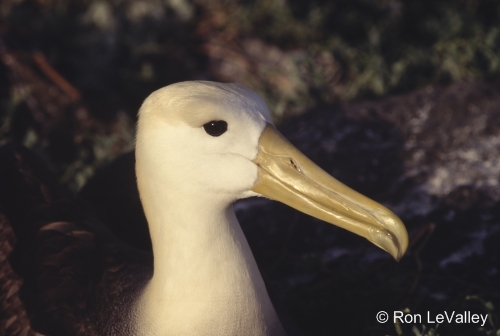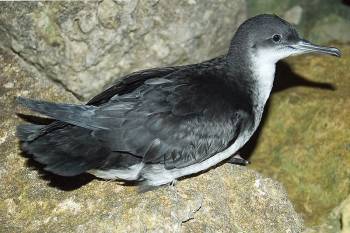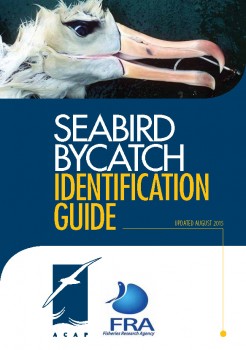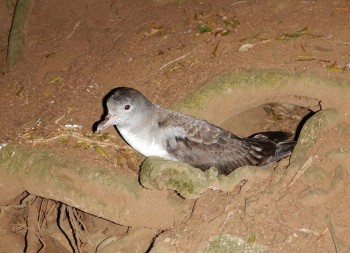Following a call made by the ACAP Secretariat in December last year (click here) 10 grant applications were received from Parties for small grants by the February 2018 deadline. The applications were assessed, as appropriate, by referees from the three ACAP Working Groups (Population and Conservation Status, Seabird Bycatch and Taxonomic) under the coordination of the Working Group Convenors and the Grants Subcommittee. Due to declared conflicts of interest some members of the Grants Subcommittee did not contribute to assessing applications with which they were involved.
The Secretariat had originally advised that a total of AUD 120 000 was available for small grants. This level of funds has allowed six of the 10 applications to be supported. Three of them address seabird bycatch issues; the remaining three address a review of a bi-national plan of action, exposure to plastics and population monitoring. The total of funds allocated to the successful applications is AUD 111 005; the remainder of the available funds will be retained and included in the 2019 small grants round to occur following the Eleventh Meeting of the ACAP Advisory Committee (AC11) in Brazil in May next year.
A list of the six funded projects with their submitting Parties and project leaders follows:
Argentina: Assessing the overlap between threatened pelagic seabirds and trawl fisheries operating in northern Patagonian Shelf. Juan Pablo Seco Pon & Sofía Copello (IIMyC, CONICET-UNMDP, Argentina)
Brazil: Hookpod for seabirds and sea turtles: looking towards a multi-taxa approach for reducing bycatch in pelagic longlines. Dimas Gianuca (Projeto Albatroz)
Brazil: Prevalence and magnitude of plastic exposure (macro and microplastics and select chemical compounds) in albatrosses and petrels off the shores of Argentina and Brazil. Marcela Uhart (University of California) & Patricia Pereira Serafini (CEMAVE / ICMBio / MMA)
Ecuador: Comprehensive review of the Bi-national Plan of Action for the Critically Endangered Waved Albatross Phoebastria irrorata. Caroline Icaza (Ecuador) & Elisa Goya (Peru)
New Zealand: Global review of nature and extent of trawl net captures. Graham Parker (Parker Conservation)
Spain: First conservation diagnosis of the Balearic Shearwater Puffinus mauretanicus in Ibiza. Meritxell Genovart (CSIC)

Waved Albatross, photograph by Ron LeValley
John Cooper, ACAP Information Officer, 07 August 2018

 English
English  Français
Français  Español
Español 



